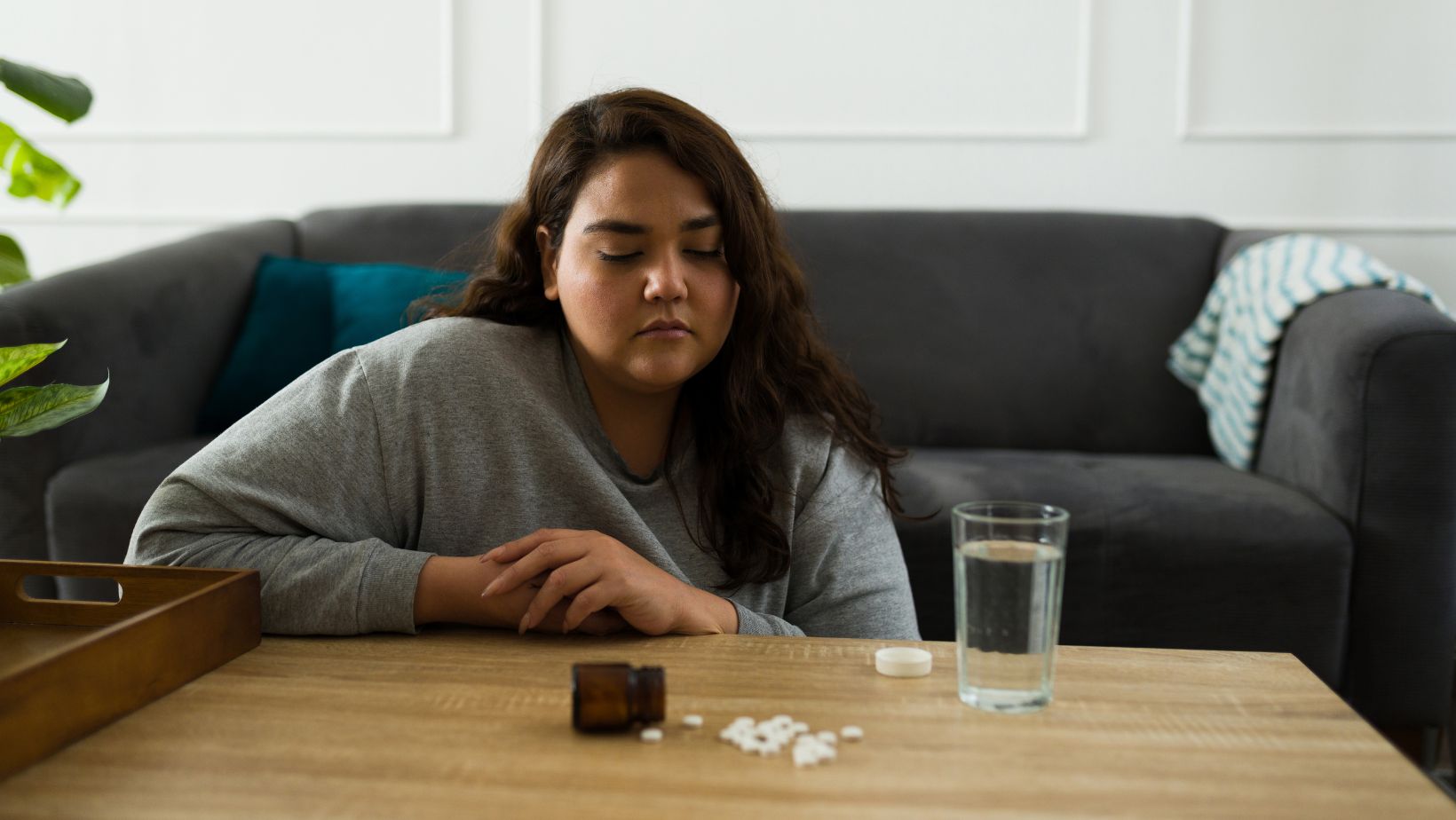Introduction
Family plays a fundamental role in shaping an individual’s values, behaviors, and overall well-being. A supportive and nurturing family environment can act as a protective factor against substance abuse, while dysfunctional family dynamics can increase the risk. The way family members communicate, resolve conflicts, and support one another significantly impacts an individual’s likelihood of developing substance use disorders (SUDs).
This article explores how different family dynamics influence the risk of substance abuse, the role of parenting styles, and strategies for fostering a healthy family environment to prevent addiction.
The Link Between Family Dynamics and Substance Abuse
Family relationships can either serve as a source of stability or contribute to stress, trauma, and maladaptive coping mechanisms. Several key family-related factors influence the likelihood of substance abuse:
1. Parental Influence and Modeling Behavior
Children and adolescents often mimic the behaviors of their parents. If parents frequently use alcohol, prescription medications, or illicit substances, children may perceive substance use as a normal coping mechanism for stress or emotional pain.
A study published in The Journal of Studies on Alcohol and Drugs found that children of parents with substance use disorders are twice as likely to develop addiction themselves (Yoon et al., 2013). Parental substance abuse not only provides direct exposure but also leads to inconsistent parenting, neglect, or emotional unavailability, increasing a child’s vulnerability.
2. Parenting Styles and Their Impact
The way parents raise their children significantly influences their decision-making and susceptibility to substance abuse. Psychologists categorize parenting into four primary styles:
– Authoritative Parenting – Characterized by warmth, clear expectations, and open communication, authoritative parenting is linked to lower rates of substance abuse. Research suggests that children raised in authoritative households are more resilient and less likely to engage in risky behaviors (Baumrind, 1991).
– Authoritarian Parenting – A highly strict and controlling approach with little warmth can lead to rebellion and secretive behavior in children, increasing the risk of substance abuse as a form of defiance or escape.
– Permissive Parenting – A lack of rules and discipline can lead to impulsive behaviors, poor decision-making, and a higher likelihood of experimenting with drugs or alcohol.
– Neglectful Parenting – Emotional or physical neglect is one of the strongest predictors of substance abuse. Children in these environments often turn to substances to cope with feelings of abandonment or distress.
3. Family Conflict and Dysfunction
High levels of family conflict, such as frequent arguments, domestic violence, or unresolved tensions, create an emotionally unstable environment. Studies indicate that children who grow up in homes with frequent parental conflict are at a greater risk of engaging in substance use as a way to cope with emotional distress (Brook et al., 2010).
Family dysfunction can manifest in various ways, including:
– Lack of emotional support
– Poor communication and problem-solving skills
– High levels of criticism or unrealistic expectations
These factors contribute to stress, low self-esteem, and a heightened risk of seeking solace in substances.
4. Trauma and Adverse Childhood Experiences (ACEs)
Adverse Childhood Experiences (ACEs) such as physical abuse, emotional neglect, parental substance abuse, or divorce significantly increase the risk of developing substance use disorders later in life. The Centers for Disease Control and Prevention (CDC) states that individuals with four or more ACEs are four to twelve times more likely to struggle with addiction (Felitti et al., 1998).
Children who experience trauma often develop coping mechanisms to deal with emotional pain, and substance use may become one of those maladaptive strategies.

5. Sibling Influence and Peer Dynamics
Siblings also play a crucial role in shaping attitudes toward substance use. If an older sibling engages in drug or alcohol use, younger siblings are more likely to follow suit, especially if there is a close emotional bond between them.
Similarly, if parents fail to establish clear expectations about substance use, peer influence becomes a dominant factor in decision-making. A study from The National Institute on Drug Abuse (NIDA) found that adolescents who have older siblings or close friends who use substances are more likely to experiment with drugs or alcohol themselves (Substance Abuse and Mental Health Services Administration, 2017).
Strategies for Reducing Substance Abuse Risk in Families
While certain risk factors cannot be changed, families can take proactive steps to create a supportive and protective environment against substance abuse.
1. Foster Open Communication
Encouraging honest and nonjudgmental conversations about substance use helps children feel safe discussing their thoughts and concerns. Parents should:
– Discuss the risks of drug and alcohol use openly.
– Encourage children to ask questions and express their feelings.
– Establish clear expectations and consequences related to substance use.
2. Promote Healthy Coping Mechanisms
Teaching children effective stress management techniques can prevent them from turning to substances. Encouraging mindfulness, physical activity, and hobbies helps build emotional resilience.
3. Model Positive Behavior
Parents should lead by example. Demonstrating healthy coping strategies, responsible alcohol consumption, and self-care habits sets a strong foundation for children to follow.
4. Strengthen Emotional Bonds
Family bonding activities, such as shared meals, outings, and traditions, create a sense of security and belonging. Studies show that children in close-knit families are less likely to engage in substance abuse (National Center on Addiction and Substance Abuse, 2011).
5. Seek Professional Support if Needed
For families struggling with addiction or dysfunction, seeking professional help through therapy or support groups can create healthier dynamics. Family therapy, in particular, helps address conflicts, improve communication, and strengthen relationships.
Conclusion
Family dynamics have a profound influence on the risk of substance abuse. Parental behavior, parenting styles, family conflict, trauma, and sibling influence all contribute to an individual’s likelihood of engaging in substance use. However, by fostering open communication, modeling healthy behaviors, and creating a supportive family environment, families can significantly reduce these risks.

Investing in positive family relationships not only protects against substance abuse but also nurtures emotional well-being, resilience, and a foundation for lifelong success. By taking proactive steps, families can empower their loved ones to make healthier choices and build a strong foundation for the future.
References:
– Baumrind, D. (1991). The Influence of Parenting Style on Adolescent Competence and Substance Use. Journal of Early Adolescence.
– Brook, J. S., Rubenstone, E., Zhang, C., et al. (2010). The Impact of Parental Conflict on Adolescent Substance Use. Journal of Child Psychology and Psychiatry.
– Felitti, V. J., Anda, R. F., Nordenberg, D., et al. (1998). Relationship of Childhood Abuse and Household Dysfunction to Many of the Leading Causes of Death in Adults. American Journal of Preventive Medicine.
– National Center on Addiction and Substance Abuse. (2011). The Importance of Family Dinners.
– Substance Abuse and Mental Health Services Administration. (2017). The Role of Family and Peers in Adolescent Substance Use.
– Yoon, G., Westermeyer, J., Kuskowski, M. A., & Nesheim, L. (2013). Impact of Parental Substance Use on Offspring’s Risk for Substance Use Disorders. The Journal of Studies on Alcohol and Drugs.
